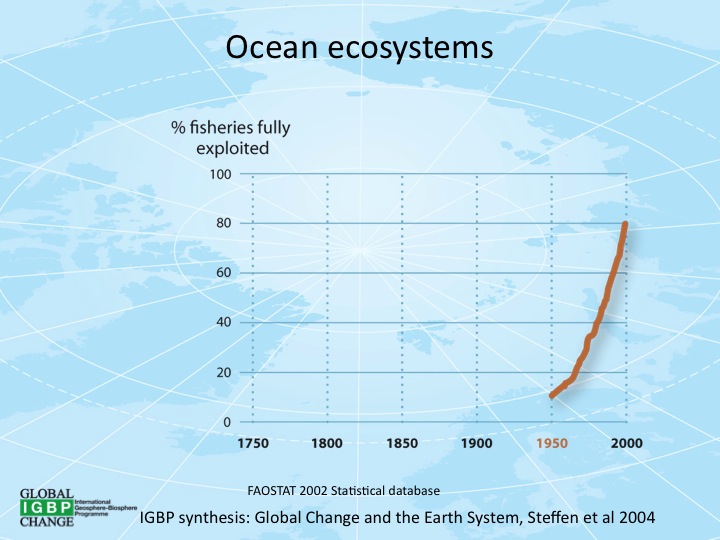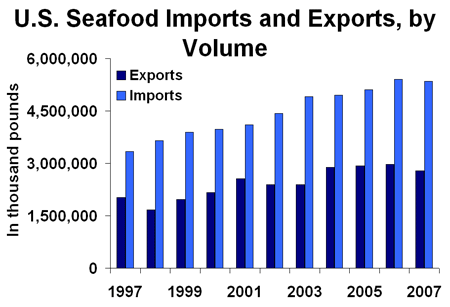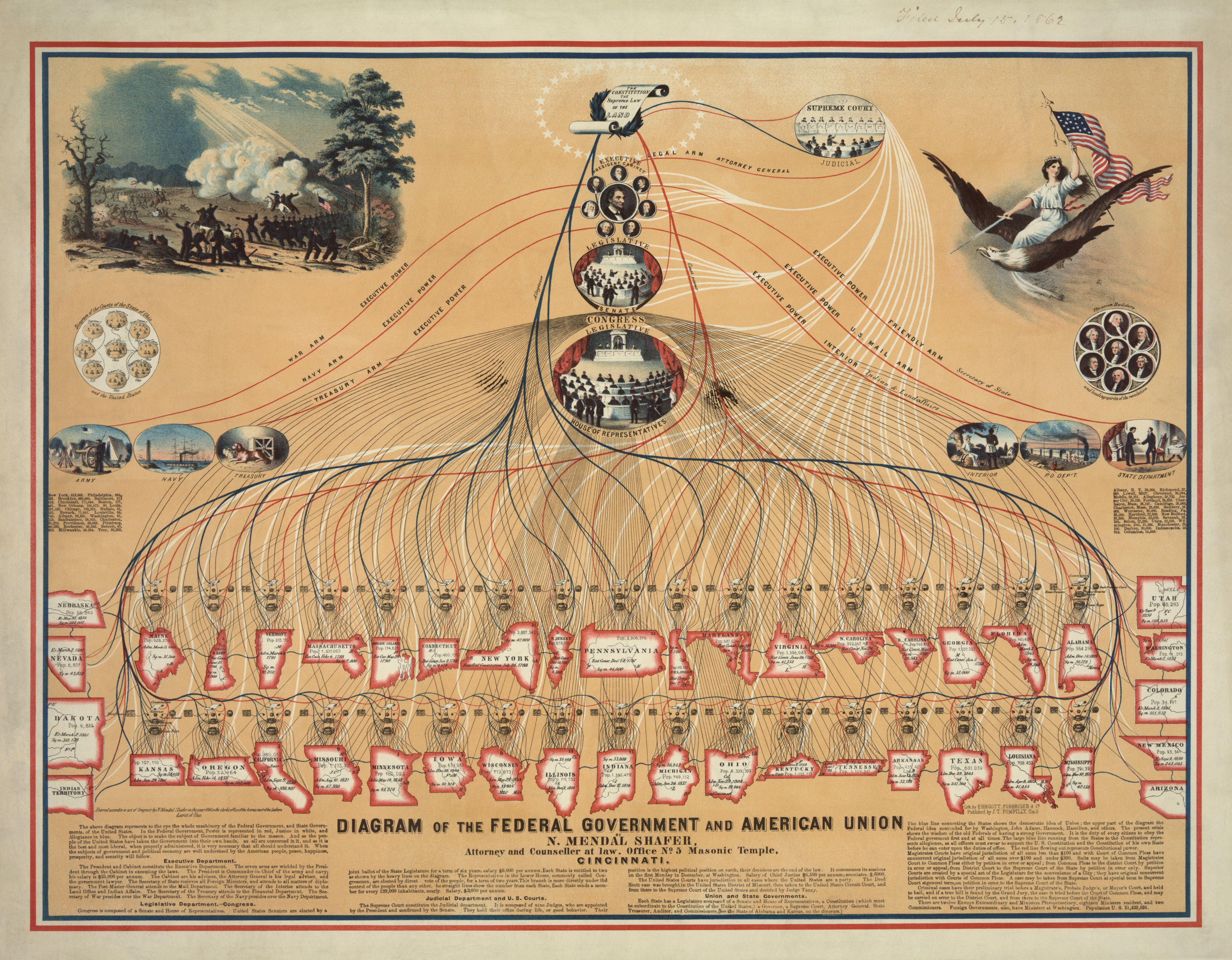|
Pacific Salmon Treaty
The Pacific Salmon Commission is a regulatory body run jointly by the Canadian and United States governments. Its mandate is to protect stocks of the five species of Pacific salmon. Its precursor was the International Pacific Salmon Fisheries Commission, which operated from 1937 to 1985. The PSC enforces the Pacific Salmon Treaty, ratified by Canada and the U.S. in 1985. Origins Pacific salmon have been an important food source and trade commodity for Northwest First Nations peoples for millennia. After European explorers arrived, the first large-scale commercial salmon fisheries were started in the early 1800s. Lucrative fisheries were established on the Columbia and Fraser rivers, including canneries geared for export. Harvests increased year-to-year until the 1910s. The abundance of the resource had precluded any disagreements between the Canadian and American governments until this point. However, from the 1920s onward, stocks began to decline, a result of over-fishing and ... [...More Info...] [...Related Items...] OR: [Wikipedia] [Google] [Baidu] |
Vancouver
Vancouver ( ) is a major city in western Canada, located in the Lower Mainland region of British Columbia. As the List of cities in British Columbia, most populous city in the province, the 2021 Canadian census recorded 662,248 people in the city, up from 631,486 in 2016. The Greater Vancouver, Greater Vancouver area had a population of 2.6million in 2021, making it the List of census metropolitan areas and agglomerations in Canada#List, third-largest metropolitan area in Canada. Greater Vancouver, along with the Fraser Valley Regional District, Fraser Valley, comprises the Lower Mainland with a regional population of over 3 million. Vancouver has the highest population density in Canada, with over 5,700 people per square kilometre, and fourth highest in North America (after New York City, San Francisco, and Mexico City). Vancouver is one of the most Ethnic origins of people in Canada, ethnically and Languages of Canada, linguistically diverse cities in Canada: 49.3 percent of ... [...More Info...] [...Related Items...] OR: [Wikipedia] [Google] [Baidu] |
Hells Gate, British Columbia
Hells Gate is an abrupt narrowing of British Columbia's Fraser River, located immediately downstream of Boston Bar in the southern Fraser Canyon. The towering rock walls of the Fraser River plunge toward each other forcing the waters through a passage only wide. It is also the name of the rural locality at the same location. For centuries, the narrow passage has been a popular fishing ground for Aboriginal communities in the area. European settlers also began to congregate there in the summer months to fish. Eventually, the Fraser Canyon became a route used by gold rush miners wishing to access the upper Fraser gold-bearing bars and the upper country beyond up the Fraser and the Thompson. In the 1880s the Canadian Pacific Railway (CPR) built a transcontinental railroad that passed along the bank at Hells Gate, and in 1911 the Canadian Northern Railway (CNoR) began constructing a second track. In 1914 a large rockslide triggered by CNoR construction fell into the river at Hells ... [...More Info...] [...Related Items...] OR: [Wikipedia] [Google] [Baidu] |
Fisheries Conservation Organizations
Fishery can mean either the enterprise of raising or harvesting fish and other aquatic life; or more commonly, the site where such enterprise takes place ( a.k.a. fishing ground). Commercial fisheries include wild fisheries and fish farms, both in freshwater waterbodies (about 10% of all catch) and the oceans (about 90%). About 500 million people worldwide are economically dependent on fisheries. 171 million tonnes of fish were produced in 2016, but overfishing is an increasing problem — causing declines in some populations. Because of their economic and social importance, fisheries are governed by complex fisheries management practices and legal regimes that vary widely across countries. Historically, fisheries were treated with a " first-come, first-served " approach, but recent threats by human overfishing and environmental issues have required increased regulation of fisheries to prevent conflict and increase profitable economic activity on the fishery. Modern jurisdictio ... [...More Info...] [...Related Items...] OR: [Wikipedia] [Google] [Baidu] |
Fisheries Agencies
Fishery can mean either the enterprise of raising or harvesting fish and other aquatic life; or more commonly, the site where such enterprise takes place ( a.k.a. fishing ground). Commercial fisheries include wild fisheries and fish farms, both in freshwater waterbodies (about 10% of all catch) and the oceans (about 90%). About 500 million people worldwide are economically dependent on fisheries. 171 million tonnes of fish were produced in 2016, but overfishing is an increasing problem — causing declines in some populations. Because of their economic and social importance, fisheries are governed by complex fisheries management practices and legal regimes that vary widely across countries. Historically, fisheries were treated with a " first-come, first-served " approach, but recent threats by human overfishing and environmental issues have required increased regulation of fisheries to prevent conflict and increase profitable economic activity on the fishery. Modern jurisdict ... [...More Info...] [...Related Items...] OR: [Wikipedia] [Google] [Baidu] |
Fishing In Canada
Fishing is the activity of trying to catch fish. Fish are often caught as wildlife from the natural environment, but may also be caught from stocked bodies of water such as ponds, canals, park wetlands and reservoirs. Fishing techniques include hand-gathering, spearing, netting, angling, shooting and trapping, as well as more destructive and often illegal techniques such as electrocution, blasting and poisoning. The term fishing broadly includes catching aquatic animals other than fish, such as crustaceans (shrimp/lobsters/crabs), shellfish, cephalopods (octopus/squid) and echinoderms (starfish/sea urchins). The term is not normally applied to harvesting fish raised in controlled cultivations (fish farming). Nor is it normally applied to hunting aquatic mammals, where terms like whaling and sealing are used instead. Fishing has been an important part of human culture since hunter-gatherer times, and is one of the few food production activities that have persisted from p ... [...More Info...] [...Related Items...] OR: [Wikipedia] [Google] [Baidu] |
Fishing In The United States
As with other countries, the exclusive economic zone (EEZ) off the coast of the United States gives its fishing industry special fishing rights. It covers 11.4 million square kilometres (4.38 million sq mi), which is the second largest zone in the world, exceeding the land area of the United States. According to the FAO, in 2005, the United States harvested 4,888,621 tonnes of fish from wild fisheries, and another 471,958 tonnes from aquaculture. This made the United States the fifth leading producer of fish, after China, Peru, India, and Indonesia, with 3.8 percent of the world total. Management Historically, fisheries developed in the U.S. as each area was settled. Concern for the sustainability of fishery resources was evident as early as 1871, when Congress wrote that "... the most valuable food fishes of the coast and the lakes of the U.S. are rapidly diminishing in number, to the public injury, and so as materially to affect the interests of trade and commerce..." Howe ... [...More Info...] [...Related Items...] OR: [Wikipedia] [Google] [Baidu] |
Fisheries Law
Fisheries law is an emerging and specialized area of law. Fisheries law is the study and analysis of different fisheries management approaches such as catch shares e.g. Individual Transferable Quotas; TURFs; and others. The study of fisheries law is important in order to craft policy guidelines that maximize sustainability and legal enforcement. This specific legal area is rarely taught at law schools around the world, which leaves a vacuum of advocacy and research. Fisheries law also takes into account international treaties and industry norms in order to analyze fisheries management regulations. In addition, fisheries law includes access to justice for small-scale fisheries and coastal and aboriginal communities and labor issues such as child labor laws, employment law, and family law. Another important area of research covered in fisheries law is seafood safety. Each country, or region, around the world has a varying degree of seafood safety standards and regulations. These ... [...More Info...] [...Related Items...] OR: [Wikipedia] [Google] [Baidu] |
Organizations Disestablished In 1985
An organization or organisation (Commonwealth English; see spelling differences), is an entity—such as a company, an institution, or an association—comprising one or more people and having a particular purpose. The word is derived from the Greek word ''organon'', which means tool or instrument, musical instrument, and organ. Types There are a variety of legal types of organizations, including corporations, governments, non-governmental organizations, political organizations, international organizations, armed forces, charities, not-for-profit corporations, partnerships, cooperatives, and educational institutions, etc. A hybrid organization is a body that operates in both the public sector and the private sector simultaneously, fulfilling public duties and developing commercial market activities. A voluntary association is an organization consisting of volunteers. Such organizations may be able to operate without legal formalities, depending on jurisdiction, incl ... [...More Info...] [...Related Items...] OR: [Wikipedia] [Google] [Baidu] |
Organizations Established In 1937
An organization or organisation (Commonwealth English; see spelling differences), is an entity—such as a company, an institution, or an association—comprising one or more people and having a particular purpose. The word is derived from the Greek word ''organon'', which means tool or instrument, musical instrument, and organ. Types There are a variety of legal types of organizations, including corporations, governments, non-governmental organizations, political organizations, international organizations, armed forces, charities, not-for-profit corporations, partnerships, cooperatives, and educational institutions, etc. A hybrid organization is a body that operates in both the public sector and the private sector simultaneously, fulfilling public duties and developing commercial market activities. A voluntary association is an organization consisting of volunteers. Such organizations may be able to operate without legal formalities, depending on jurisdiction, includin ... [...More Info...] [...Related Items...] OR: [Wikipedia] [Google] [Baidu] |
Adams River (British Columbia)
The Adams River is a tributary to the Thompson and Fraser Rivers in British Columbia, Canada. Beginning in the Monashee Mountains to the north, the Upper Adams River flows mainly southward and eventually reaches Adams Lake. The Lower Adams River begins at the southern end of the lake and flows into the extreme western end of Shuswap Lake. The river is one of the most important sockeye salmon breeding areas in North America. The run occurs in mid-October and can bring millions of fish to a concentrated area near the river mouth. Excavations of Secwepemc villages on the river have shown a long tradition of habitation and salmon fishing in the area. The river also served as an important transportation route for early logging operations in the watershed. Course The headwaters of the Adams are several unnamed glaciers at roughly elevation in the north-east region of the Monashee Range of the Columbia Mountains. The upper portion of the river flows roughly south and southwest ... [...More Info...] [...Related Items...] OR: [Wikipedia] [Google] [Baidu] |
Quesnel River
The Quesnel River is a major tributary of the Fraser River in the Cariboo District of central British Columbia. It begins at the outflow of Quesnel Lake, at the town of Likely, British Columbia, Likely and flows for about northwest to its confluence with the Fraser River, Fraser at the city of Quesnel, British Columbia, Quesnel. History Just downstream from the outlet of Quesnel Lake, at the confluence of the Cariboo River, is the historically important ghost town of Quesnel Forks, "the Forks", which was a junction point of the Quesnel and Cariboo Rivers. Various trails and wagon roads leading to the Cariboo Gold Rush, Cariboo goldfields lay across the low-hill range north of Quesnel Forks in the basin of the Cottonwood River (Cariboo), Cottonwood River. Both the Lillooet, British Columbia, Lillooet to Fort Alexandria wagon road and the later Cariboo Wagon Road came by Quesnel Forks but preferred to follow the valley of the Quesnel River to Quesnel, British Columbia, Quesnel ... [...More Info...] [...Related Items...] OR: [Wikipedia] [Google] [Baidu] |
Fraser Canyon
The Fraser Canyon is a major landform of the Fraser River where it descends rapidly through narrow rock gorges in the Coast Mountains en route from the Interior Plateau of British Columbia to the Fraser Valley. Colloquially, the term "Fraser Canyon" is often used to include the Thompson Canyon from Lytton to Ashcroft, since they form the same highway route which most people are familiar with, although it is actually reckoned to begin above Williams Lake, British Columbia at Soda Creek Canyon near the town of the same name. Geology The canyon was formed during the Miocene period (23.7–5.3 million years ago) by the river cutting into the uplifting Interior Plateau. From the northern Cariboo to Fountain, the river follows the line of the huge Fraser Fault, which runs on a north–south axis and meets the Yalakom Fault a few miles downstream from Lillooet. Exposures of lava flows are present in cliffs along the Fraser Canyon. They represent volcanic activity in the southern ... [...More Info...] [...Related Items...] OR: [Wikipedia] [Google] [Baidu] |


.jpg)






